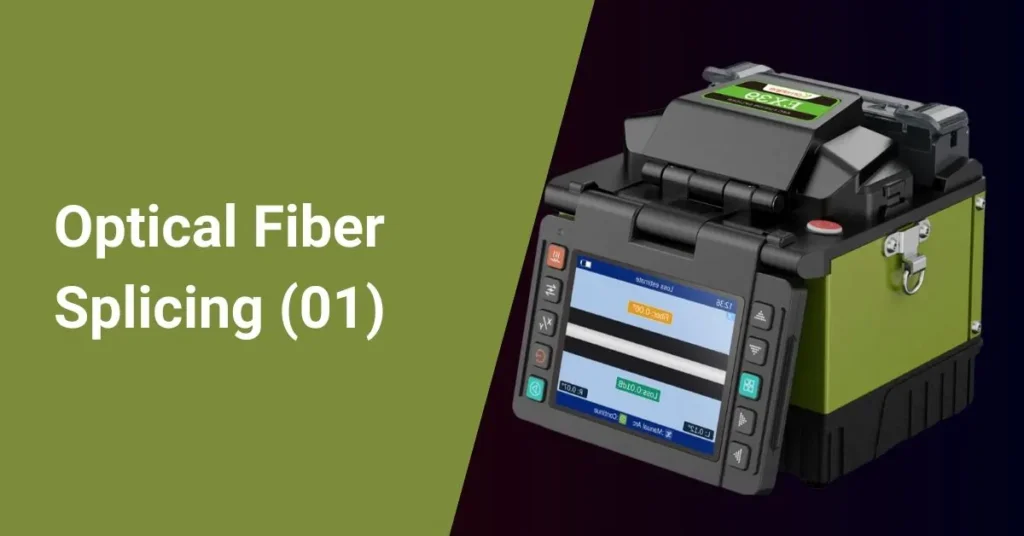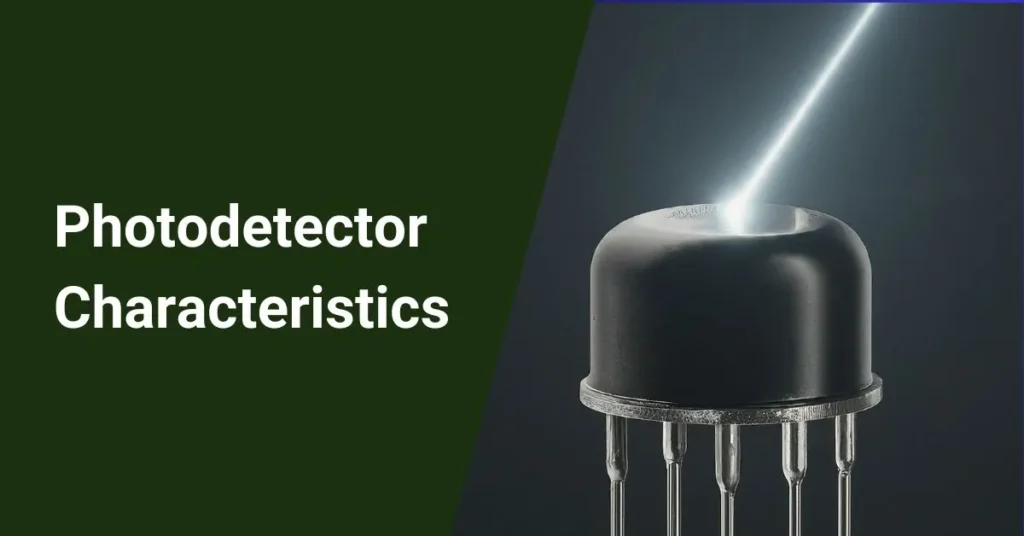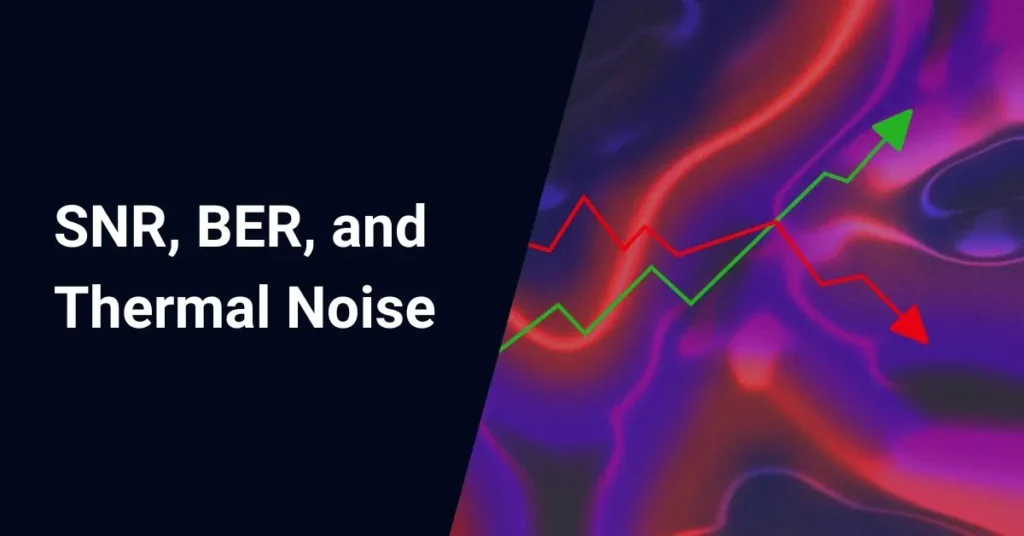Here, we calculate the fundamental mode field diameter in step-index fiber. Enter your values, then click calculate
Core Radius
- Optical fiber cores can range in size from 7μm to 3mm, with 50μm, 62.5μm, 100μm, and 200μm being the most common.
- The industry standard for data communications is 50μm and 62.5μm multimode using silica glass fibers.
- Single-mode silica glass fibers typically have a core size of 8.3μm.
Numerical Aperture
- NA is a measure of how much light an optical fiber can collect.
- NA is the sine of half the angle of the fiber’s light acceptance cone.
- A higher NA means a larger core index relative to the cladding.
- Increasing NA causes higher scattering loss due to higher concentrations of dopants in the core.
Wavelength
- The wavelength of light is commonly represented by the symbol λ (lambda).
- Wavelength is measured in meters.
- To calculate the frequency of light in an optical fiber, the formula is:
\(ν=c/λ\)
- Where c is the speed of light, and λ is the wavelength.
- Fiber optic transmission wavelengths are determined by two factors:
- Longer wavelengths in the infrared region for lower loss in the glass fiber.
- Wavelengths that are between the absorption bands of the fiber material.
- The commonly used wavelengths for fiber optic transmission are:
- 850 nm
- 1300 nm
- 1550 nm
This calculator uses Dietrich Marcuse equation to evaluate the MFD
\(MFD=2a\left(0.65+\frac{1.619}{v^{\frac{3}{2}}}+\frac{2.879}{v^6}\right)\)
where V is the normalized frequency
\(V=\frac{2\pi}{λ}aNA\)
Wavelength = λ
Core Radius = a
Numerical Aperture = NA
The MFD is typically larger than the physical diameter of the fibre core itself. This means that some portion of the light is guided by the core and the cladding surrounding the core.
Two main factors determine the MFD:
- Numerical Aperture (NA): The NA measures how much light the fiber can accept. A higher NA generally results in a smaller MFD.
- Cut-off wavelength: The cut-off wavelength is the shortest wavelength that can propagate through the fiber. A longer cut-off wavelength leads to a larger MFD.
The MFD is important because it affects how efficiently light can be coupled into the fiber from a light source. If the MFD of the fiber and the light source don’t match well, there will be significant power loss when launching the light into the fiber.
Defining the MFD
The mode field radius is defined as the distance from the center where the electric and magnetic field strengths are reduced to e^(-2) (or approximately 13.5%) of their maximum values.
The mode field diameter is twice the mode field radius, representing the width of the intensity profile across the end face of a single-mode fiber.
It is noteworthy that the MFD is typically slightly larger than the core diameter, extending slightly into the cladding region.
Applications and Considerations
The MFD plays a crucial role in various fiber optic applications and considerations:
- Splice Loss Minimization: Precise MFD matching is essential for minimizing losses when splicing fibers, ensuring optimal signal transmission.
- Bend Loss Estimation: The MFD aids in predicting bend losses, which can significantly impact system performance and reliability.
- Power Handling Capabilities: A larger MFD allows for higher power transmission without inducing non-linear effects, enabling high-power applications.
Furthermore, the MFD can have a significant impact on losses between components, power limits, and long-term reliability of fiber optic systems.




